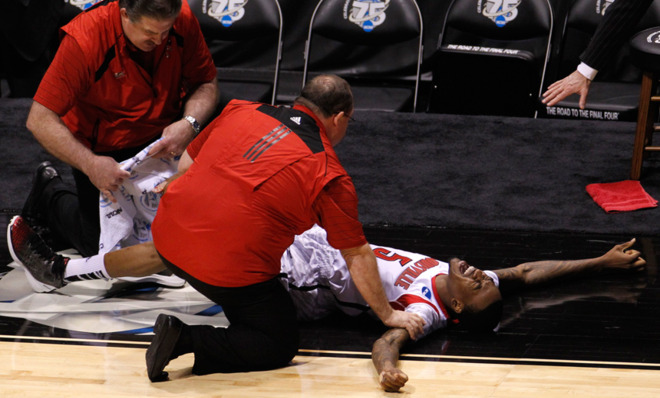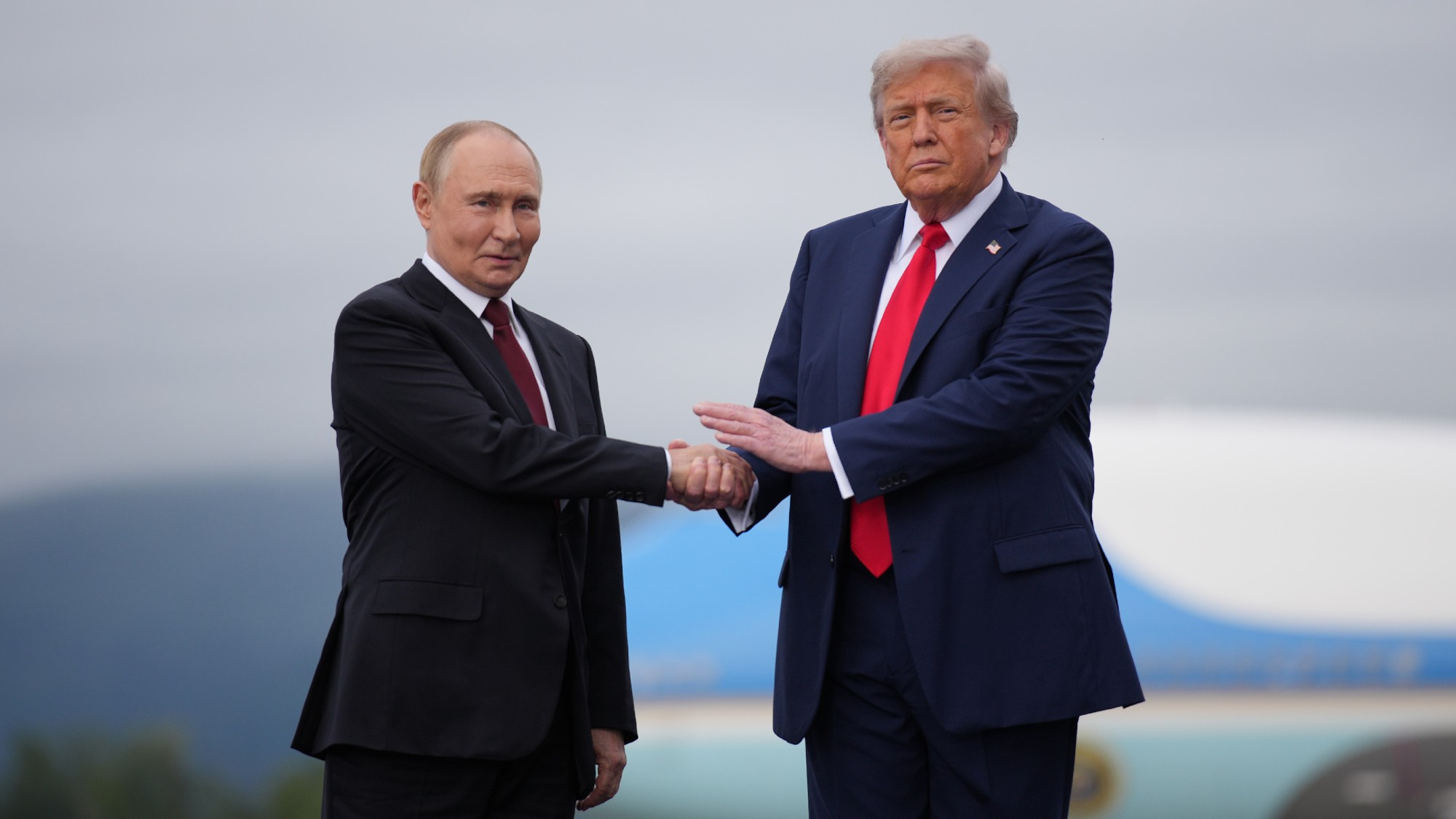Why March Madness is a progressive's worst economic nightmare
The NCAA is a "student-athlete" fig leaf away from being a monopoly out of the Gilded Age


Four years ago, the NCAA struck a $10.8 billion, 14-year TV deal with CBS and Turner Sports to air March Madness. As for the players driving this entertainment spectacle? They'll get zilch from that mountain of money.
That college players aren't paid to play is a well-worn subject, though it bears repeating in the context of the NCAA's marquee sporting event. The intercollegiate athletics body earns about 90 percent of its entire revenue from the tournament. In 2012, when the NCAA hauled in $872 million, that translated into almost $785 million in earnings from a single month of college basketball games.
Sure, many of the players are compensated by their schools in the form of free or discounted tuition, stipends, and other financial assistance. But those funds are often inadequate to cover a player's expenses, and they're hardly comparable to a fair market wage.
The Week
Escape your echo chamber. Get the facts behind the news, plus analysis from multiple perspectives.

Sign up for The Week's Free Newsletters
From our morning news briefing to a weekly Good News Newsletter, get the best of The Week delivered directly to your inbox.
From our morning news briefing to a weekly Good News Newsletter, get the best of The Week delivered directly to your inbox.
In that sense, March Madness is something of a progressive's worst economic nightmare. Think of it this way: The NCAA revenue model is one in which an enormous share of the money goes to the top, including the NCAA itself and the colleges; schools reap about $1.5 million for every tournament victory. Meanwhile, only a tiny bit of that trickles down to the athletes whose labor actually produces all that cash.
That kind of economic inequality would put even America's striking income imbalance to shame. And it's hard to imagine even the most ardent members of the Ayn Rand fan club touting it as a model for distributing wealth fairly. But the NCAA has total authority on the matter, slapping a "student-athlete" tag on players in order to run a self-enriching monopoly on college sports.
It's a neat trick, one whose reasoning is never fully explained. And it deprives the athletes of the chance to earn a fair wage for their work, which lies at the heart of progressive arguments against the nation's widening income gap. So what would be a reasonable wage for college hoops players? A 2011 study by the National College Players Association pegged the "fair" market value of college basketball players at elite programs at a little more than $265,000 per year. More recently, Forbes used pro sports models in which players typically get about half of all revenue, and estimated that players whose teams make March Madness could each be worth around $340,000 per tournament.
With absolutely zero bargaining power though, college players can't get the money they're worth. The NCAA has laughed off attempts at unionization, saying that "there is no right to organize student-athletes," and that the very notion of unionization "undermines the purpose of college: an education." The league even prepared itself for the highly unlikely event of a players' strike during the March Madness title game, viewing such an act as a grave threat to a business model that essentially treats students as volunteers.
A free daily email with the biggest news stories of the day – and the best features from TheWeek.com
Meanwhile, college players are afforded spotty health care coverage, something Kevin Ware's horrific leg injury in last year's tournament made clear. Though athletes are required to have some kind of insurance — whether provided by themselves or the school — their colleges aren't liable for pitching in if their health bills end up being astronomical. Colorado's Supreme Court codified that back in the 1950s when it rejected a college football player's request for worker's compensation — he'd suffered a head injury while playing — under the determination that the college was "not in the football business."
Ware was fortunate that Louisville agreed to cover his outstanding medical expenses. But even in circumstances like his, there's always the chance that injured players could lose their athletic scholarships, forcing them to suddenly foot thousands of dollars in expenses or cutting off their path to college entirely. If only there were some alternative source of income those players could tap into.
Now, this is not all to suggest that March Madness is evil, or that you should refuse to watch the games. I've filled out a bracket, and will be plunking down in front of a TV as soon as I'm off work. But March Madness has become such an insanely profitable enterprise — ad revenue topped $1 billion last year, eclipsing that of the of Super Bowl — that it's difficult to view the games without a tinge of guilt about big businesses cashing in on all that sweet, free labor.
Jon Terbush is an associate editor at TheWeek.com covering politics, sports, and other things he finds interesting. He has previously written for Talking Points Memo, Raw Story, and Business Insider.
-
 Nigel Farage: was he a teenage racist?
Nigel Farage: was he a teenage racist?Talking Point Farage’s denials have been ‘slippery’, but should claims from Reform leader’s schooldays be on the news agenda?
-
 Pushing for peace: is Trump appeasing Moscow?
Pushing for peace: is Trump appeasing Moscow?In Depth European leaders succeeded in bringing themselves in from the cold and softening Moscow’s terms, but Kyiv still faces an unenviable choice
-
 Crossword: November 29, 2025
Crossword: November 29, 2025The daily crossword from The Week
